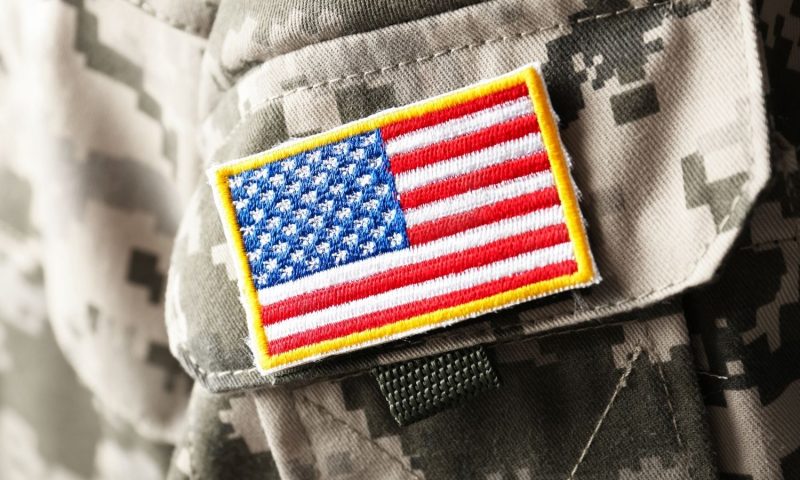The US military has had a vibrant and exciting history throughout the years, as have its uniforms and what they represent among service members today.
Many people outside of the military who have little to no connection with the Department of Defense have no clue about what the uniform means. Contrary to popular belief, the US military uniforms of all branches carry great significance that is easily recognizable if you know what to look for. Here are some surprising facts about US military uniforms to enlighten your mind about the military mindset and what those uniforms truly stand for.
Initiation Into the Ranks
To begin to understand the uniform of a US service member, we must understand the veterans themselves. To be involved in the jargon and traditions that go along with the military, it is important that the service member takes great pride in uniformity. This is meant to be taken figuratively and literally.
Uniform as a Reflection of Self
The uniformity of a veteran relates back to the cohesive nature of their ability to take orders and carry them out. Only the most physical aspects come to light whenever you look at a service member’s uniform. When inspecting a veteran’s uniform, you can tell a lot about them.
Purely by inspection, you can ascertain their rank, their specialty or occupation, how many years of service they have dedicated, special awards they have received, and their assignments. The uniform also promotes a sense of comradery among members and respect that they carry with them as a true sense of honor.
Regulations Are a Must
Within the operational standpoint of the military, there is always what is known as “the uniform of the day.” This uniform specializes in the tasks that will be carried out for that day and the type of work you should expect. There are essentially three different classes of working uniforms, although some branches have more specialized jobs that require specific uniforms.
The Different Classes of Uniform
First, the combat uniform or “working” uniform is exactly what it claims to be. A working-class uniform is more informal for those blue-collar, all-hands-on-deck-style working group days. Then you have your service uniform, which is truly your “everyday” uniform unless instructed otherwise. This uniform is made to be more business savvy and less casual than the working uniform. It requires higher maintenance and has sharper color contrasts, along with a tie and shined shoes in the place of combat boots. Finally, the dress uniform is reserved for more formal occasions, such as dinners and parties or events hosted by the upper chain of command.
Whether you are a seasoned veteran or a civilian encountering a service member for the first time, you should now have full confidence in how to understand the classifications and meanings of these important pieces of our history. Having this level of insight about thesurprising facts about US military uniforms will also mean a great deal to the veterans and yourself, as you will both feel a connection you may not have experienced otherwise.
